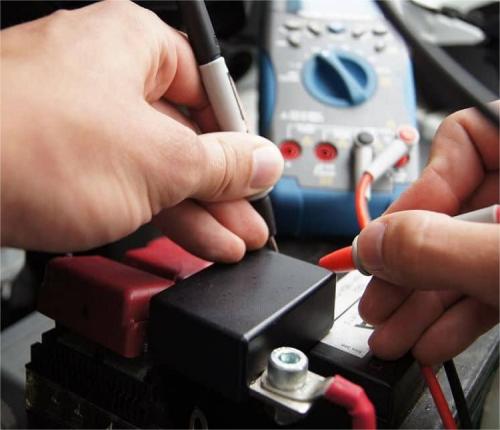Lithium-Ion Battery Care Guide
The electricity market in the Netherlands is currently at a crossroads, facing significant challenges and opportunities. With the rise of renewable energy and the proliferation of electric vehicles, the costs of grid management continue to escalate. However, innovative approaches such as Non-Firm Agreements (NFA) connections and Time-Weighted Tariffs offer promising solutions to mitigate these costs while catalyzing the widespread deployment of Battery Energy Storage Systems (BESS).
Advantages of Non-Firm Agreements (NFA) Connections
Traditional grid connection agreements typically rely on fixed rate structures that struggle to adapt to the increasingly complex and dynamic demands of the electricity market. In contrast, NFA connections adjust connection parameters in real-time based on actual grid load conditions, introducing unprecedented flexibility and cost advantages for both grid operators and users.
Key advantages of NFA connections include:
Real-Time Responsiveness: NFA connections can dynamically adjust connection terms according to real-time grid load conditions, thereby reducing costs during peak electricity demand periods.
Optimized Resource Utilization: By intelligently managing the charge-discharge cycles of BESS, NFA connections maximize the utilization of renewable energy sources, reducing reliance on conventional generation.
Cost Efficiency: Compared to traditional fixed-rate agreements, NFA connections significantly lower operational costs, enhance return on investment (ROI), and further reduce power losses through optimized grid resource allocation.
Application of Time-Weighted Tariffs
Furthermore, the introduction of Time-Weighted Tariffs (TOU) is poised to have a profound impact on the Dutch electricity market. TOU tariffs dynamically adjust prices based on electricity supply and demand during different time periods, incentivizing consumers to use electricity during off-peak hours by raising prices during peak periods. This helps balance grid loads, reduce demand response costs, and encourage the adoption of BESS.
Potential Challenges and Responses
Despite the evident technological and economic advantages of NFA connections and TOU tariffs, project owners remain cautiously optimistic. Primary concerns include the complexity of technical implementation, uncertainties in market adjustments, and risks associated with capital investments.
However, as technology advances and market demand for renewable energy and BESS increases, these challenges are expected to gradually diminish. Policymakers and industry leaders must collaborate innovatively to promote the widespread adoption of NFA connections and TOU tariffs, thereby laying a solid foundation for sustainable development in the Dutch electricity sector.
Conclusion
In conclusion, the Dutch electricity market faces unprecedented challenges and opportunities. By adopting Non-Firm Agreements (NFA) connections and Time-Weighted Tariffs, the Netherlands can significantly reduce grid operational costs, enhance the return on investment of Battery Energy Storage Systems (BESS), and facilitate the large-scale integration of renewable energy sources. Despite challenges, through innovation and collaboration, the Netherlands is poised to achieve a new milestone in sustainable development within the energy sector.








